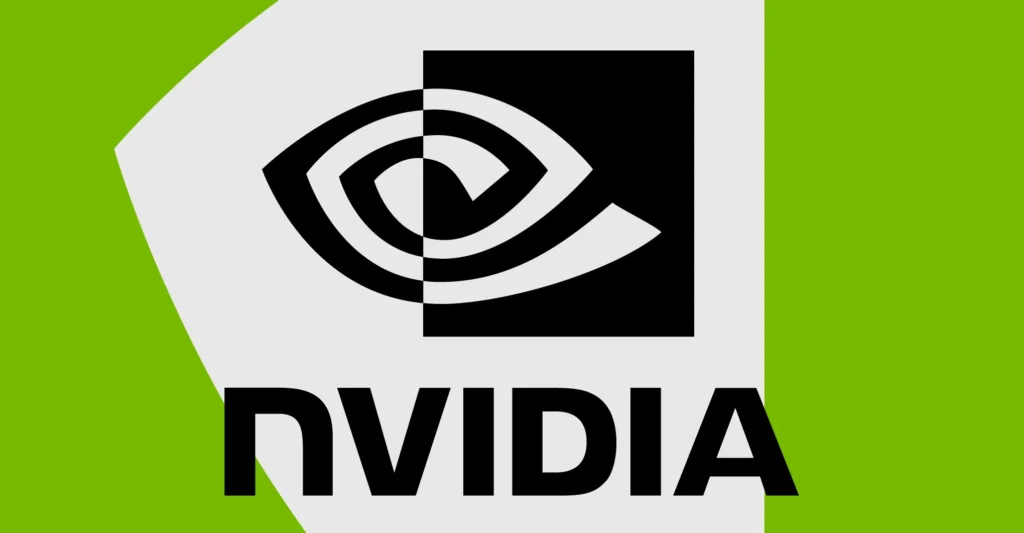In what cybersecurity researchers are calling the largest data leak in internet history, an enormous database containing over 16 billion exposed credentials has surfaced on a popular hacking forum. The breach, which has been dubbed the “Mother of All Breaches” (MOAB), is a compilation of usernames, passwords, and sensitive personal information gathered from years of data breaches, malware attacks, and info-stealer campaigns.
The file, recently discovered by security analysts, includes data from major technology platforms such as Google, Apple, Meta (Facebook), LinkedIn, Adobe, Dropbox, and others. Unlike previous leaks, this one isn’t just a collection of older breaches—it contains newly harvested credentials, adding to the scope and threat level.
What Makes This Breach Different
While massive leaks have occurred in the past, this one stands out for its unprecedented size and consolidation. The MOAB dataset contains over 16 billion individual credential records, many of which are believed to be active and recently compromised.
Researchers found that the leaked information was pulled from multiple sources:
- Logs generated by info-stealer malware that infects devices and extracts stored credentials.
- Previously leaked and hacked databases from corporate data breaches.
- Recently compromised accounts not yet disclosed to the public.
This consolidation into a single repository makes it easier for cybercriminals to launch targeted attacks at scale.
Growing Threat of Credential-Based Attacks
Security experts warn that the consequences of this breach could be severe. The massive volume of data enables attackers to carry out credential stuffing attacks—automated login attempts using stolen usernames and passwords—across multiple platforms and services.
Individuals and organizations are particularly at risk if they reuse passwords across accounts. With this much data now publicly available, the chances of identity theft, unauthorized account access, and fraud have significantly increased.
Impacted Services and Users
While the leak does not appear to stem from a single incident, it includes data from hundreds of known breaches. Analysts believe that credentials from platforms such as Google, Microsoft, Twitter, Facebook, Adobe, LinkedIn, and many others are part of the leak.
What makes this breach even more dangerous is the inclusion of info-stealer malware logs, which may contain not just login credentials but also browser cookies, autofill data, and financial details stolen from infected devices.
Steps You Should Take Immediately
In light of this breach, cybersecurity experts are urging all internet users to take the following actions immediately:
- Change your passwords across all major platforms, especially if you have reused them.
- Use strong, unique passwords for every online account.
- Enable two-factor authentication (2FA) wherever available.
- Monitor your online accounts and financial statements for unusual activity.
- Avoid downloading untrusted software or clicking on suspicious links, which are common vectors for info-stealer malware.
Organizations are also being advised to enforce password policies, run security audits, and educate employees about phishing and malware threats.
A Turning Point in Cybersecurity
The MOAB breach underscores the increasing sophistication of cybercriminal operations. It highlights how years of fragmented data leaks, combined with advanced malware and poorly secured systems, can culminate in a breach of this magnitude.
This incident serves as a wake-up call for the global digital community. It reflects the urgent need for better security practices, increased investment in cybersecurity infrastructure, and greater awareness of digital hygiene among both individuals and businesses.
As the digital landscape grows more complex, so do the threats. The 16 billion-record breach may very well be the defining cybersecurity crisis of the decade.



















